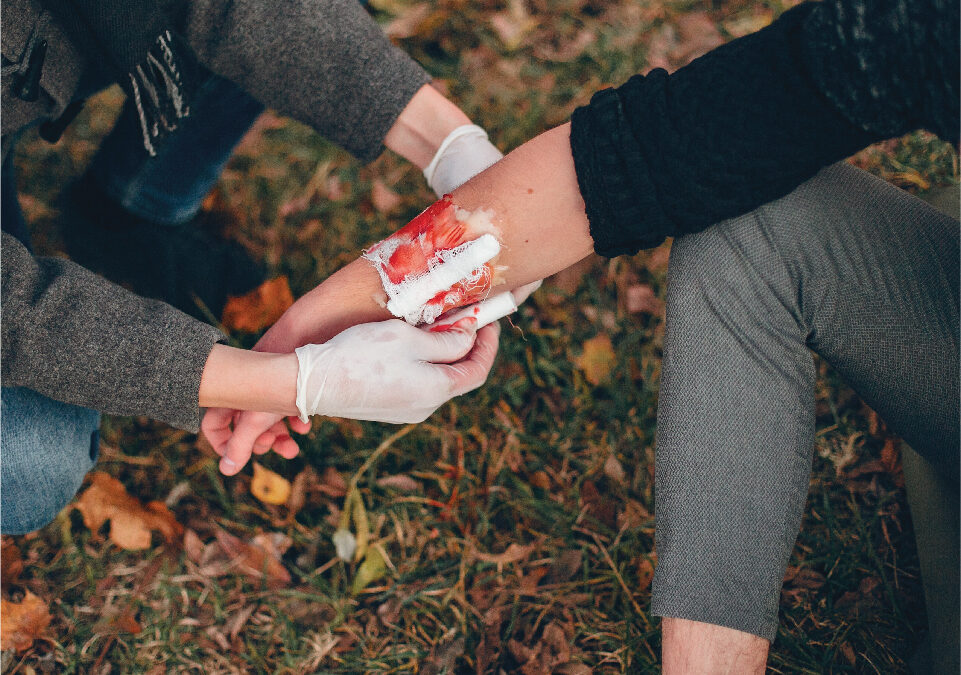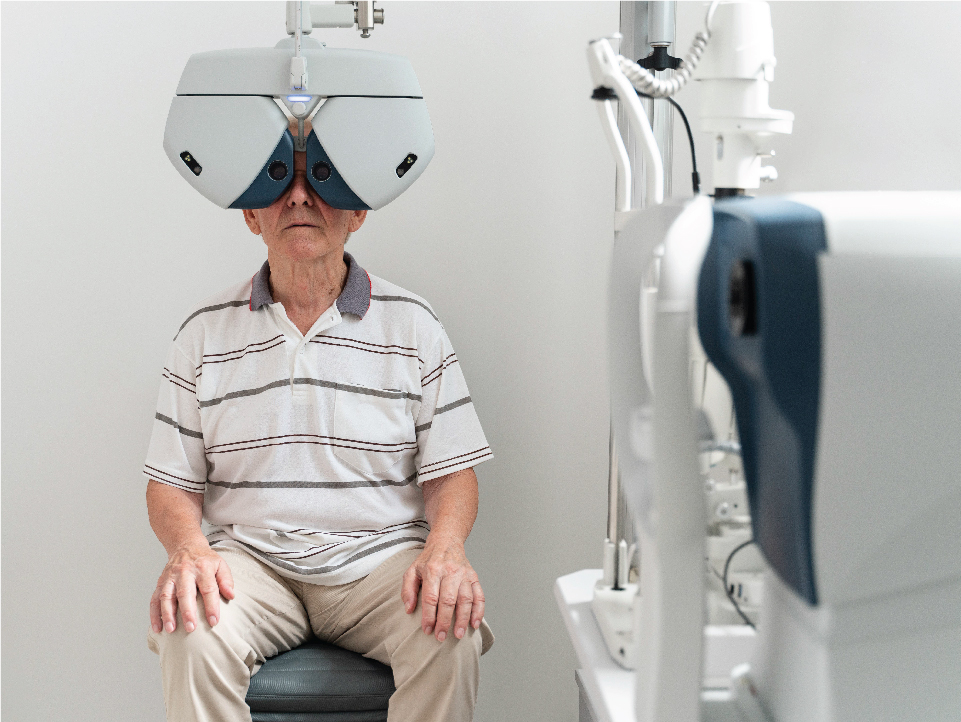
Recognizing The Risk Of Cataract In Diabetes Patients
August 11, 2022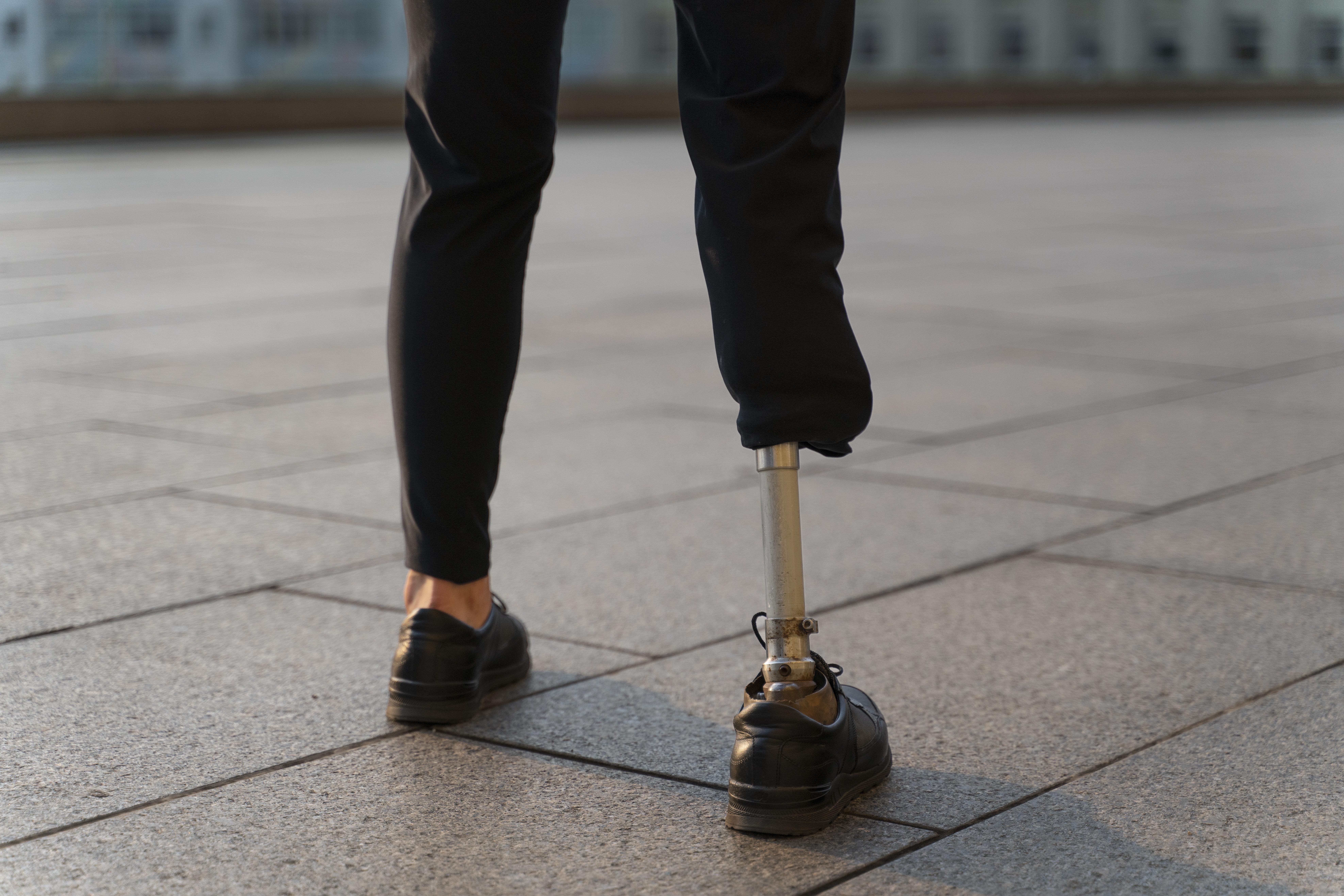
Are Amputations Really Common Or Necessary For Diabetes Patients?
August 11, 2022A group of metabolic pathologies known as diabetes mellitus (DM) are characterised by impaired insulin production and/or function, which causes hyperglycemia. Patients’ expectations for survival and quality of life are significantly impacted by DM.
Your body’s inability to make or use insulin causes diabetes. Your body uses the hormone insulin to convert glucose, also known as sugar, into energy. High blood sugar levels can result from your body having trouble metabolising glucose. Your body’s capacity to heal wounds may be impacted by this.
Why Is The Wound Healing Process Slow?
Diabetes has complicated pathophysiology involving vascular, neuropathic, immune, and biochemical components that leads to impaired healing. Diabetes and wound healing have a close connection, your body’s capacity to heal wounds can be impacted by a variety of conditions when you have diabetes. The primary determinant of how fast your wound will recover is your blood sugar level. When your blood sugar is elevated above normal, it increases inflammation in the body’s cells, prevents nutrients and oxygen from reviving cells, and hinders the effective operation of your immune system. These outcomes slow the wound healing process.
Immune system activation issues are common in people with diabetes. Immune defence cells are frequently sent in smaller numbers and with diminished capacity to heal wounds. Your risk of infection increases and wound healing takes longer if your immune system isn’t functioning properly.
Resulting Consequences Of Not Treating Wounds
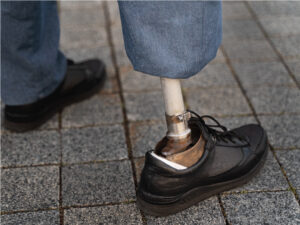
It is important to be concerned about wounds. When they’re not closely watched, they may develop into an infection or another more severe complication very rapidly.
The biggest worry is amputation. Amputations due to foot wounds or ulcers are 15 times more common in people with diabetes. Numerous foot ulcerations necessitate hospitalisation and surgical intervention, often resulting in the amputation of the involved body part. Additionally, three years after the initial episode, the rate of foot ulcer recurrence is greater than 50%. Because of this, poor wound healing in DM is a serious healthcare problem.
How To Speed Up The Wound Healing Process?
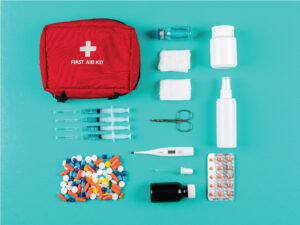
To aid the wound healing, the following tips can be followed:
Regularly check yourself
Early wound detection is essential to preventing infections and complications. Make sure to self-check each day and keep an eye out for any new wounds, particularly on your feet. Don’t forget to look between your toes and underneath them.
Remove any dead tissue
With diabetic wounds, necrosis (dead cells) and extra tissue are common. This may encourage the growth of bacteria and toxins and worsen wound infections. Additionally, it might make it impossible for you to see the underlying tissue. Frequently, your doctor will assist you in the removal procedure.
Freshen up your dressings
Modifying dressings frequently can aid in the bacterial reduction and proper wound moisture maintenance. Doctors frequently suggest specialised dressings for wound care.
Avoid applying pressure there
Pressure can damage the skin by wearing it down, which can result in an ulcer or a deeper wound.
There are some other things you can do to strengthen your immune system and speed up wound healing, such as eating a healthy diet because it directly affects blood sugar levels. Exercising regularly also helps as it results in improved insulin sensitivity. This facilitates the more effective entry of blood sugar into your cells, which aids in recovery and wellness. Last but not least, stop smoking because it compromises your immune system and raises your risk of vascular diseases.
Sources:
https://www.healthline.com/health/diabetes/diabetes-and-wound-healing#see-your-doctor

